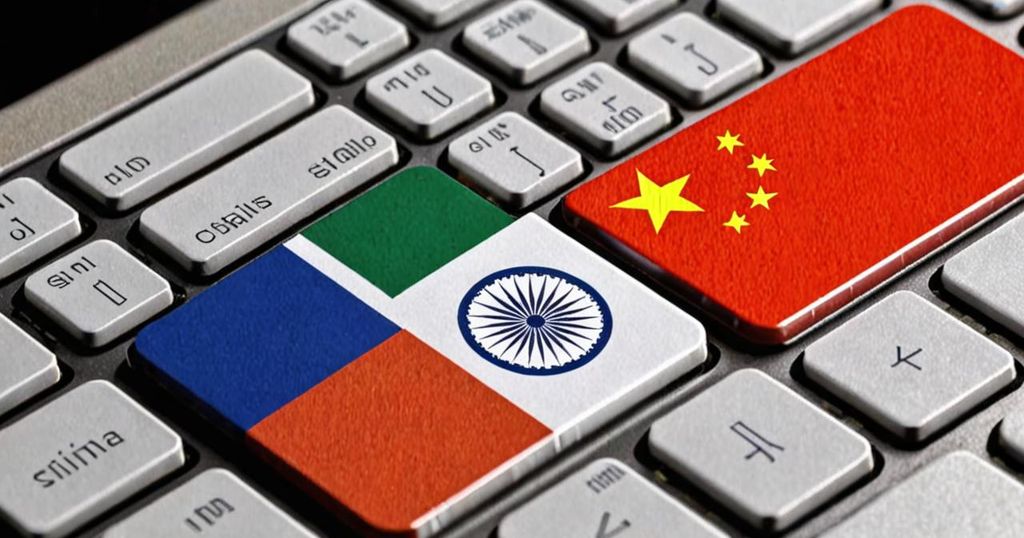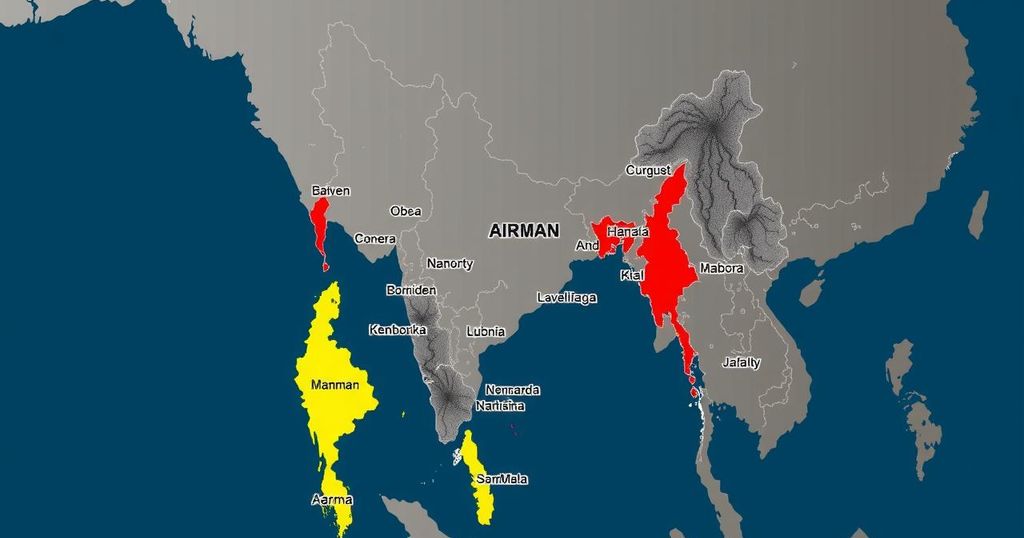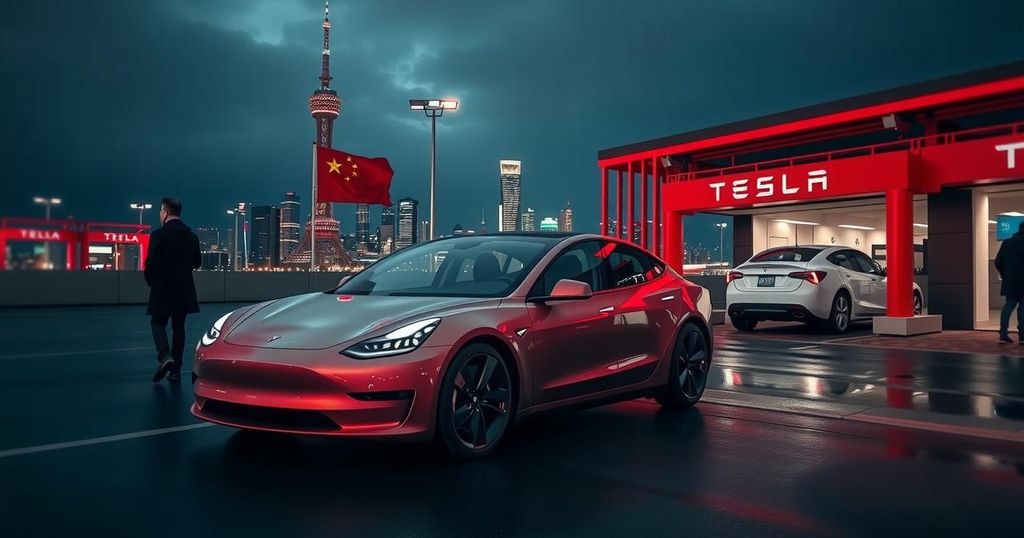The Impact of Chinese Policy on eSIM Adoption in India
The mobile technology industry has been buzzing with discussions about the potential of eSIMs, also known as virtual SIMs, and the benefits they offer for individual and enterprise users. Despite this, the adoption of eSIM technology in India has been slow, with industry executives and experts attributing this to a policy enforced by the Chinese government.
While Apple has integrated eSIM capability across its entire iPhone range, other major players in the smartphone market such as Samsung, Vivo, Oppo, and Xiaomi have also started enabling eSIMs in their premium flagships. However, the reluctance to offer eSIMs in the affordable smartphone segment can be attributed to the fact that China, a key market for these brands, has prohibited the use of eSIMs due to security concerns. This has created a barrier for smartphone brands, as adding eSIM compatibility exclusively for the Indian market would result in increased costs for the devices, impacting the bill of materials (BoM) cost.
Despite these challenges, telecom companies are advocating for smartphone brands to embrace eSIM capability in the affordable smartphone segment, as this would enable them to reduce costs. Data from Counterpoint Research revealed that as of December-end, only approximately 10% of smartphones sold in India (around 14-15 million) supported eSIMs. However, the lack of eSIM capability in affordable handsets has led market researchers to predict a modest growth to 20% over the next five years, in contrast to the 70% eSIM penetration rate in the US.
Neil Shah, a founding partner at Counterpoint Research, emphasized that while Indian operators have been among the leaders in offering eSIM coverage to a substantial subscriber populace and IoT applications, handset makers have lagged in this aspect. He pointed out that while global telecom operators have provided eSIM coverage on their networks, handset makers, particularly in the affordable category, have not found the incentive to add eSIM support due to the regulations in the Chinese market.
Sachin Arora, head of connectivity and IoT for India at Giesecke+Devrient (G+D), a global security tech company, explained that offering eSIMs across affordable smartphones in India may have an impact on the total production cost of handsets. However, he expressed optimism that as cost parameters decrease in the future and the supply chain becomes more established, original equipment manufacturers (OEMs) will gradually begin to adopt eSIMs.
Arora highlighted the potential benefits of virtual SIMs, stating that they could lead to significant cost savings for telecom companies, including reductions in manufacturing expenditures, supply chain costs, distribution through last mile vendors, and expenses related to mobile number portability. Airtel CEO Gopal Vittal has also underscored the advantages of eSIMs, urging the telco’s large user base to transition from physical SIMs to eSIMs for seamless connectivity in the digital age.
In conclusion, while the adoption of eSIMs in India has been hindered by Chinese government policy and the associated manufacturing costs, industry experts remain optimistic about the future prospects of eSIM adoption in the country. As the technology landscape continues to evolve and costs become more manageable, it is expected that smartphone brands and telecom companies in India will increasingly embrace eSIMs, unlocking new opportunities for seamless and cost-effective connectivity.








Post Comment